I think buttonbush (Cephalanthus occidentalis) is pretty cool, but I would never recommend it for a landscape in southern Arizona unless there is an agricultural well, an irrigation leak or maybe a babbling brook involved. In the back recesses of my gray matter I remember button bush north of Tucson in Sabino Canyon of the Santa Catalina Mountains. Buttonbush needs water, so maybe it’s best to enjoy it in wild water ways.
Not so with desert hackberry or the hop bush. They both are wonderful tough native shrubs. Desert hackberry is no longer Celtis pallida, but is C. ehrenbrgianae. Apologies and regardless of its botanical name it is a wonderful large shrub for birds with its dense spiny branches and juicy little fruit.
And if you want a “green dodo” for your desert landscape, (of course you do), then you want Dodonaea viscosa. I love the smell of the sticky narrow green leaves and the very cool looking winged samaras are a bonus on this rich green native shrub.
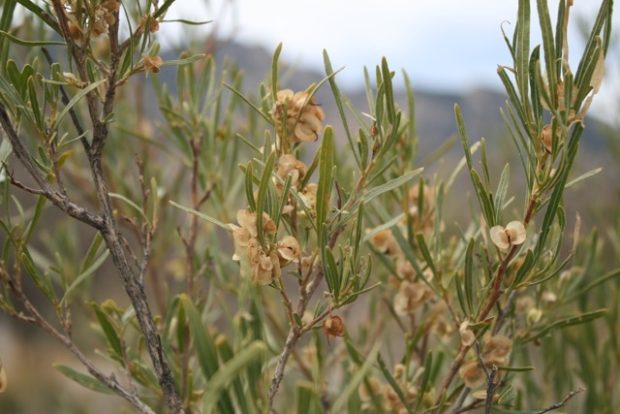
The photos are mine of hop bush and taken on the day we were out among them. No photos of desert hackberry or buttonbush included here, but you may want to find a photo of the buttonbush flower. It’s quite crazy and showy. Now you know.
Oh, and below is a link to another episode when I jabber about “the green dodo.”
https://kxci.org/podcast/the-green-dodo/
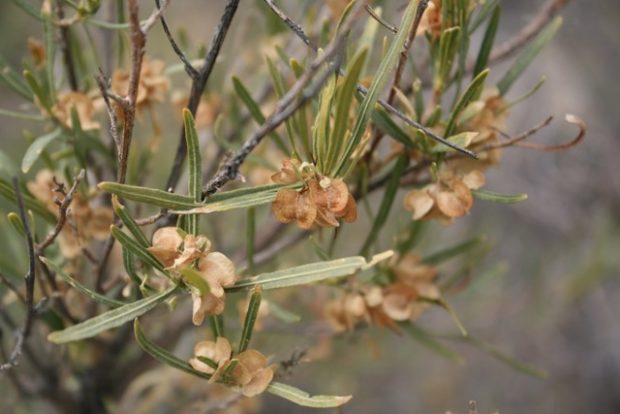
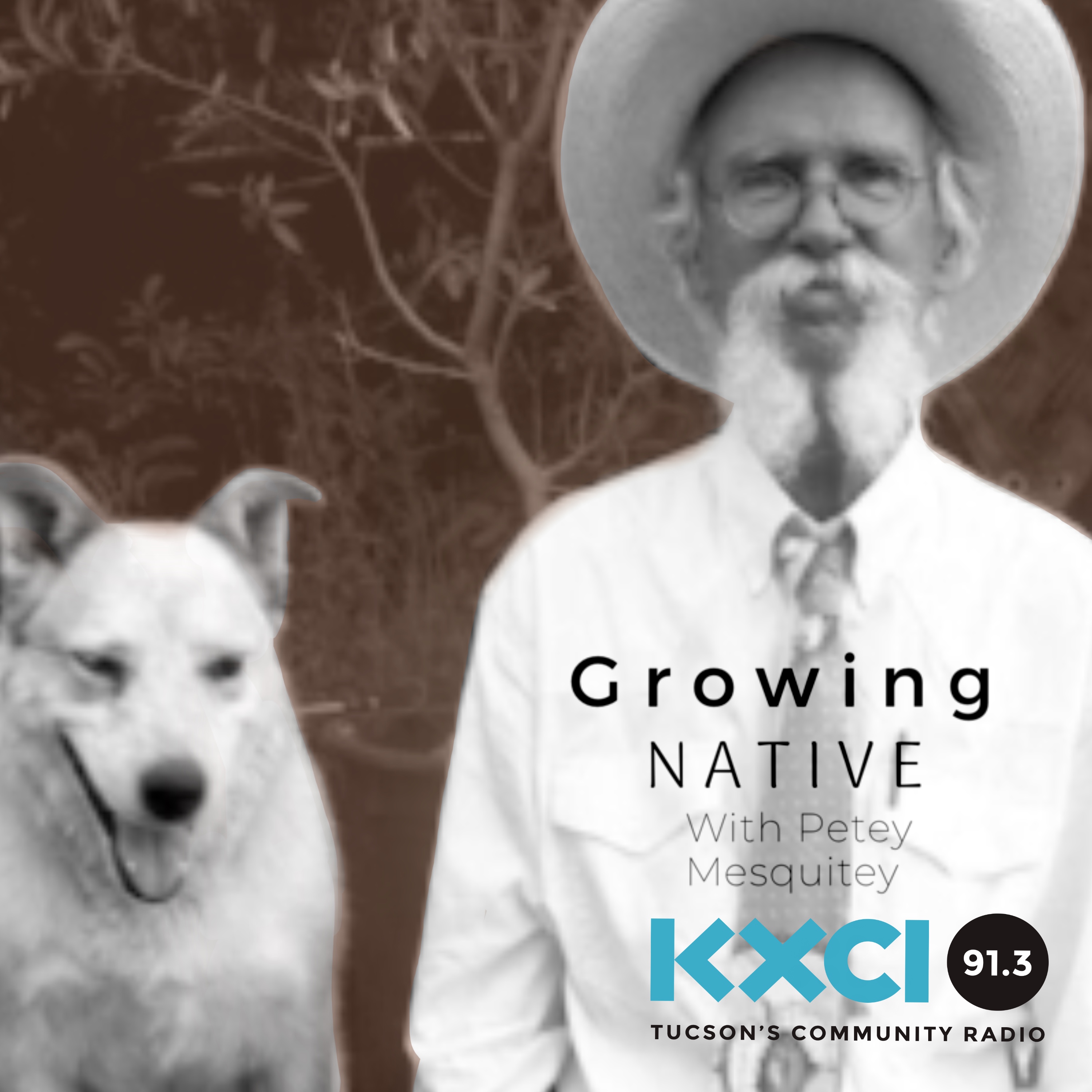
When I used to give talks I would always show photos and talk about our regional yucca species; Yucca elata, Y. baccata and Yucca...
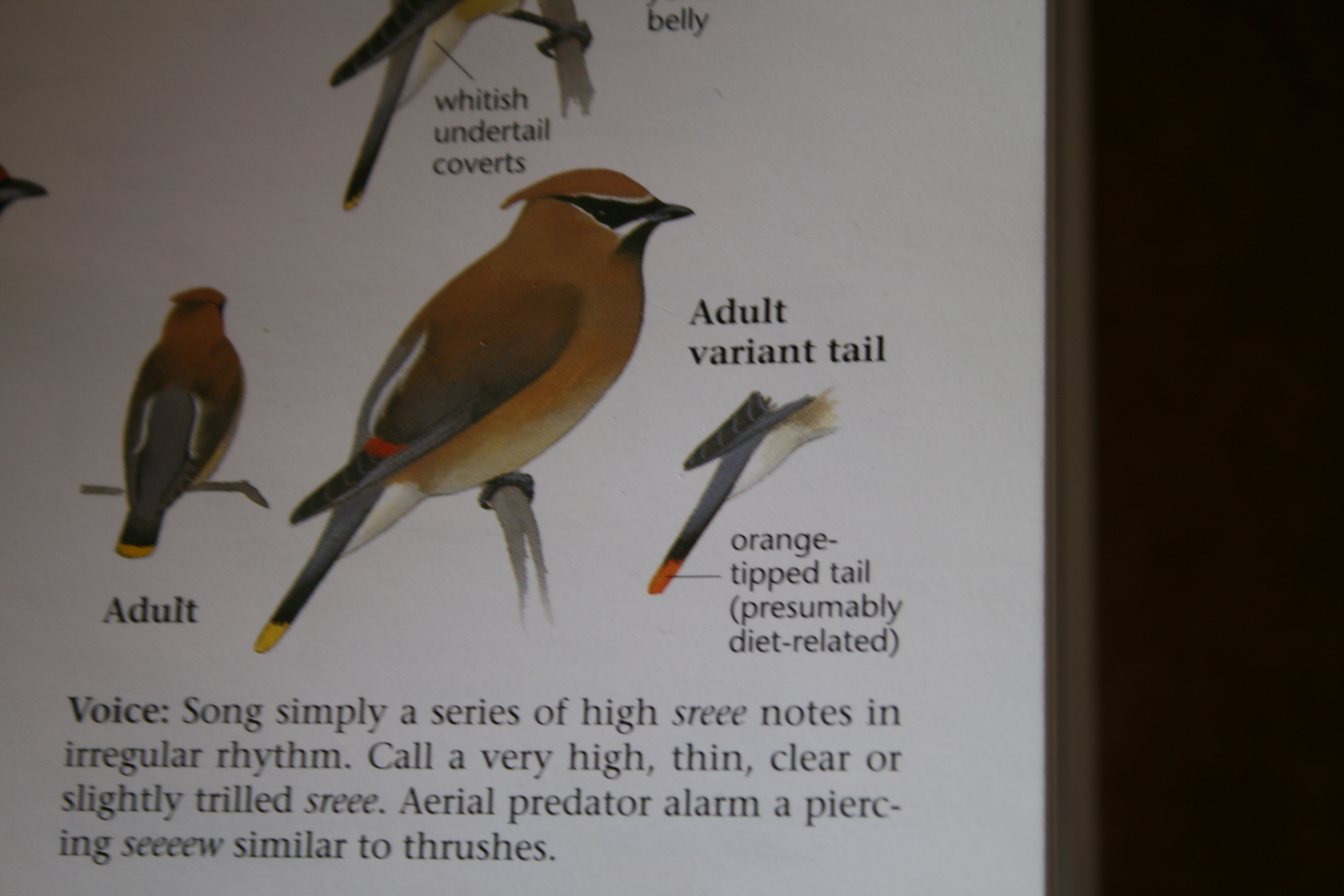
I think what I love most about finding all the relics of the past, from old ranch trash, old military cartridge brass, to ancient...
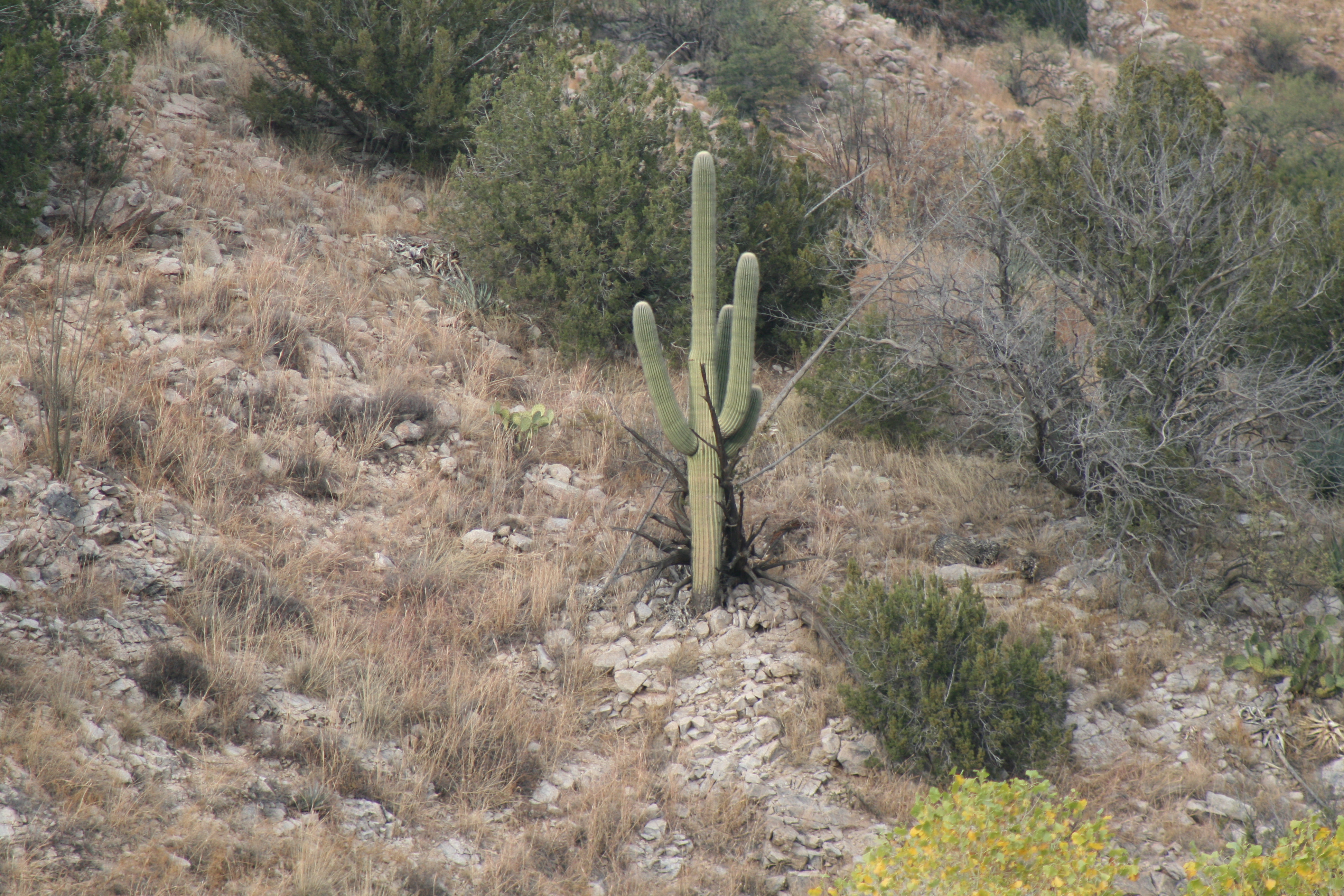
We have had 4-wheel drive vehicles for many years and we’ve always found it to be a great tool that can take the worry...